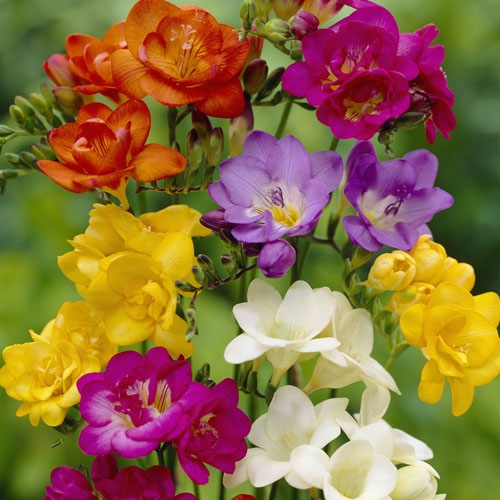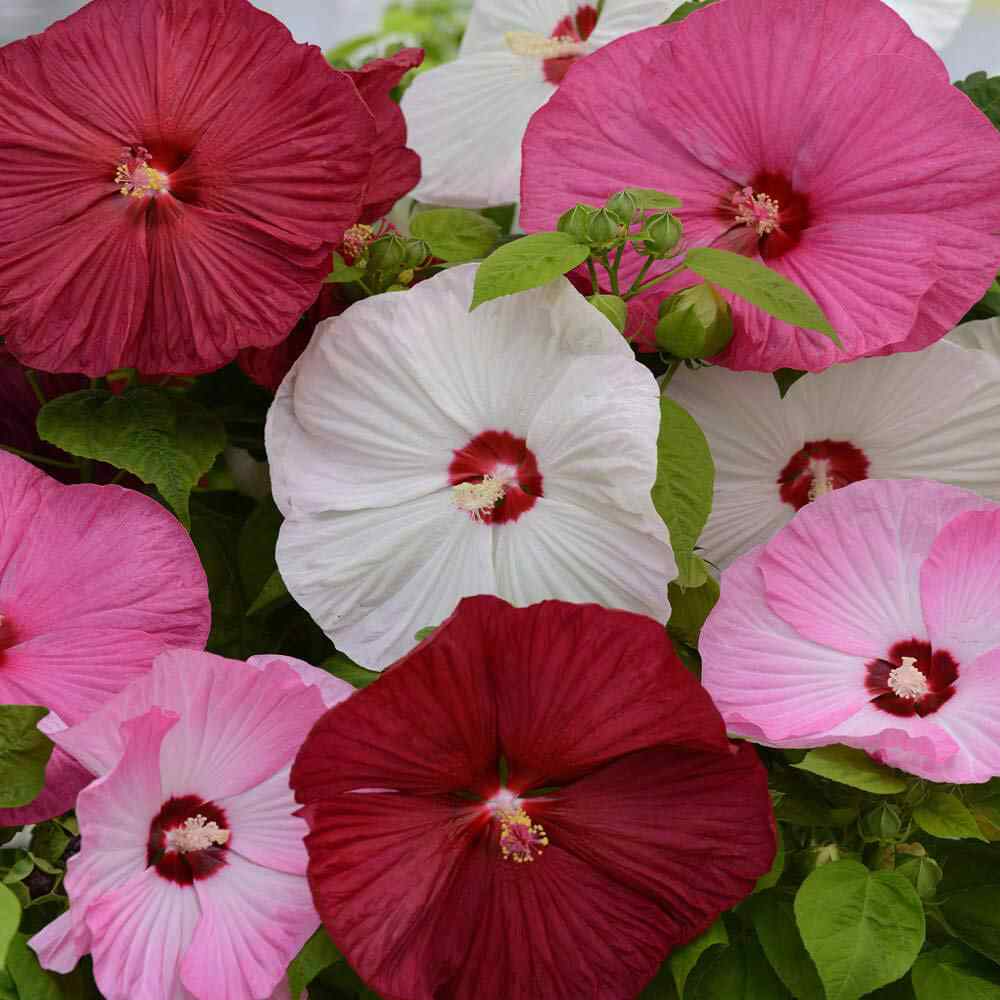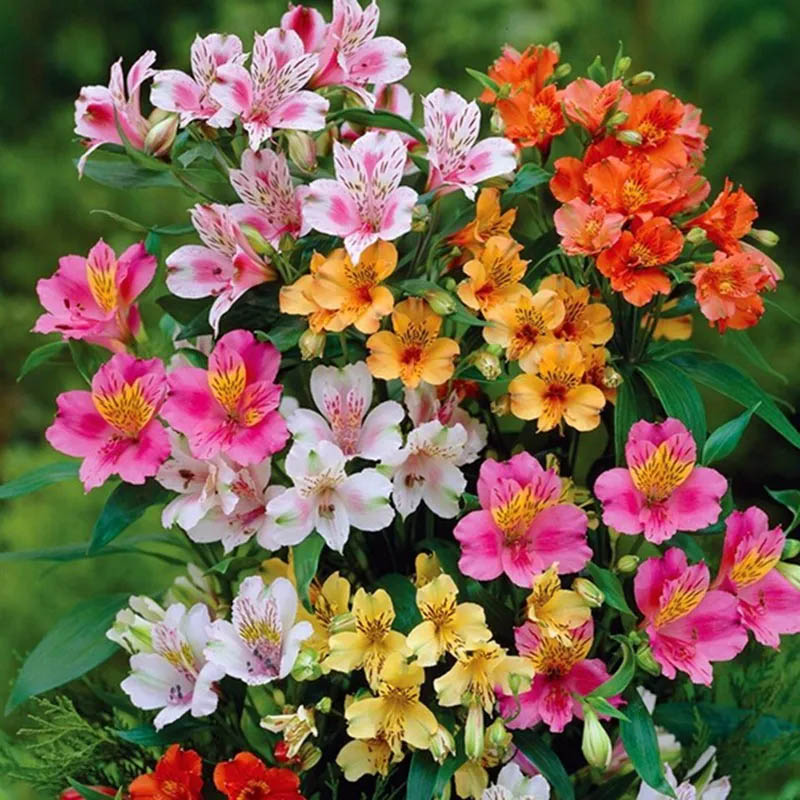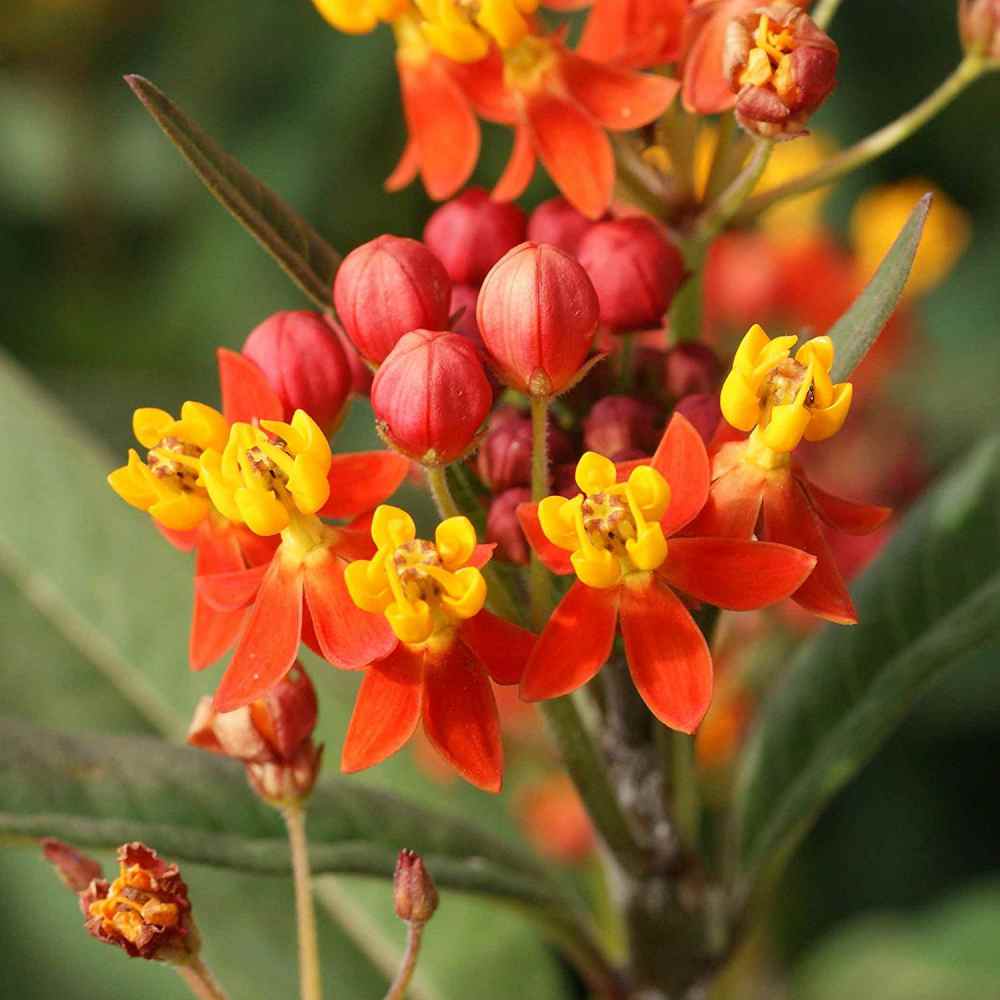
Freesia Planting and Care Guide
Quick Facts About Freesia
Freesia is a genus of perennial herbaceous plants with aromatic flowers. They are particularly showy, and can appear in a variety of vivid colors. Freesia is native to the southern regions of Africa.
Planting Time
Freesia seeds can take a long time to germinate, and are best started indoors in the fall. This should produce seedlings by the following growing season.

Planting Location
Grow Freesia in an area of full sun or partial shade in rich, well-drained soil.
How to Grow Freesia
- Prior to sowing, soak Freesia seeds in warm water for 24 hours.
- It is recommended to start these seeds indoors due to a prolonged germination period. To do so, sow seeds into small pots filled with an airy seed starter mix.
- Sow 2-3 seeds per plant at a depth of 1/4-1/2 inch. Light is not needed for germination.
- Keep seeds moist until germination, and maintain a temperature of 55-65F degrees. Using a heat mat can be beneficial. Even under proper conditions, these seeds can take a few months to germinate, so patience is needed.
- Once seedlings have their first few sets of true leaves, they can be transplanted outdoors after all frost danger has passed. These plants are only hardy in zones 9 and warmer, and should be overwintered indoors in colder regions.
- Before transplanting seedlings into the garden, it's essential to "harden them off". This involves acclimating young plants to outdoor conditions by placing them in a sheltered outdoor area for about a week. Initially, shield them from strong winds and direct sunlight. If there's a risk of frost overnight, either cover the plants or bring them indoors, then return them outside in the morning. This hardening off method helps strengthen the plant's cell structure, minimizing transplant shock and sun damage.

Care And Maintenance
- Keep weeds under control during the growing season. Weeds compete with plants for water, space and nutrients, so control them by either cultivating often or use a mulch to prevent their seeds from germinating.
- Mulches play a vital role in preserving soil moisture and ensuring consistent soil temperatures. When it comes to annuals, using organic mulch made from shredded leaves not only enhances the appearance of the bed but also enriches the soil as it decomposes over time. Remember to keep mulch away from the plant stems to avoid potential rot issues.
- Freesia should be watered regularly to keep the soil consistently moist, but avoid waterlogging the roots, which can lead to rot.
- Freesia benefits from applications of balanced flower fertilizer during the growing season.
- Deadheading spent flower stalks can help the plant focus energy on corm (bulb) production, which can be dug up after the foliage declines post-flowering. The corms are not winter-hardy, and need to be brought indoors to survive.
- Remove dried, yellow foliage, but don't discard the entire plant, as it enters dormancy after flowering.




































